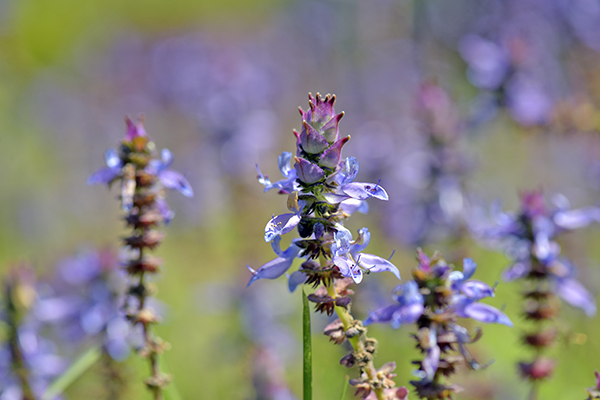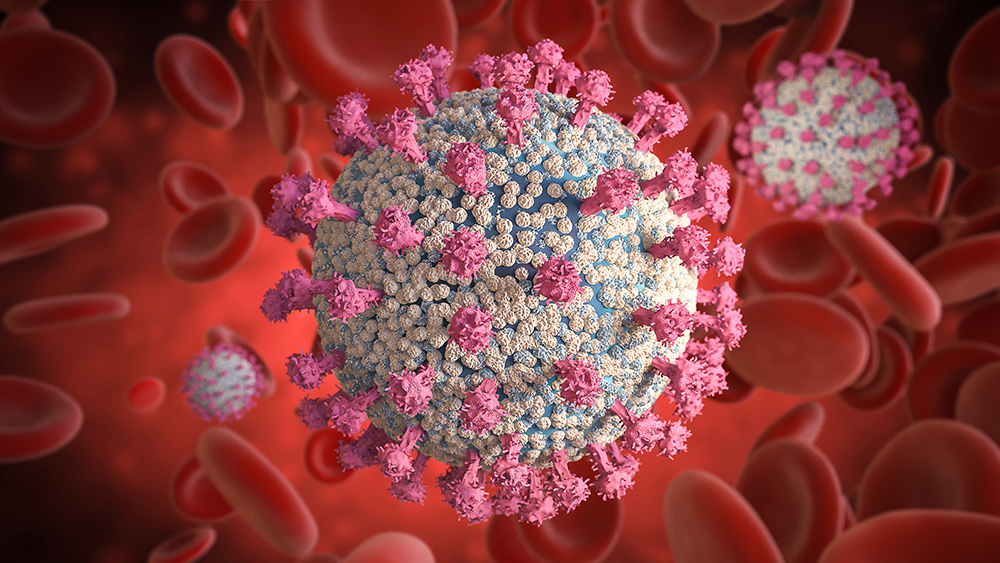Higher plant biodiversity may help discourage the use of pesticides, reveals study
11/24/2020 / By Divina Ramirez

Plant biodiversity serves as a natural method for controlling pests and can potentially reduce the need for environmentally harmful pesticides, according to a recent study.
Researchers from the German Center for Integrative Biodiversity Research (iDiv) revealed in their report that plant communities with diverse species support insect predator populations while depriving the pests themselves of their preferred food sources.
Their findings — published in the journal Science Advances — also showed that plants produce more biomass per square meter. In other words, plants in species-rich communities not only lose less energy to pests but receive less damage as well.
Overall, these findings have generated invaluable insight into the importance of maintaining plant biodiversity, said Nico Eisenhauer, senior author of the study and head of experimental interaction ecology at iDiv.
More plant biodiversity, less pesticide use
Plant communities with diverse species can provide forage and nesting grounds for insects and larger animals while still protecting the plants from damage. But commercial farming, which puts a premium on profit, relies on pesticides to control insect populations on agricultural land.
Experts have long since proven that pesticides pose serious environmental consequences for insects and their predators. Humans could also suffer from the harmful effects of pesticides upon the consumption of pesticide-treated produce. But due to the increasing demand for food to match a growing world population, commercial farmers have likewise increased their use of harmful pesticides.
To assess the potential of plant biodiversity as a natural deterrent against pests, Eisenhauer and his colleagues from other research institutes conducted two grassland biodiversity experiments – the Jena Experiment in Germany and the Cedar Creed Biodiversity Experiment in the U.S. (Minnesota).
The researchers studied data from the experiments over the course of two years to assess insect food webs and feeding behavior, plant biomass and insect predator response in plant communities with diverse species.
Their results showed that insects’ feeding rate in diverse plant communities was 44 percent lower than that on agricultural land where just one plant species was sown. Therefore, higher plant biodiversity may be expected to produce higher yields than monoculture fields outside of pesticide use.
The researchers found two explanations for this favorable result. First, with more diverse plant species around, pests will have more trouble finding their favorite plants. Second, diverse plant communities produce more total biomass, thus attracting the natural predators of pests.
In other words, higher plant biodiversity means more predators and less preferred food for pests, said Andrew Barnes, the study’s corresponding author and a lecturer of community ecology at the University of Waikato in New Zealand. Both factors help reduce the impact of pests without the use of pesticides.
In contrast, pesticides often negatively affect populations of beneficial insects, such as bees and certain species of beetles, aphids and wasps. Pesticides also harm insects’ natural predators, such as birds and spiders, as well as earthworms, which are vital for soil health and plant growth.
To make matters worse, pesticides end up in the water, persist in the environment for decades and threaten ecosystems upon which food production depends. In the long run, excessive pesticide use could result in toxic chemicals contaminating water sources and the soil itself, thus reducing the nutritional value of crops and driving biodiversity loss.
Overall, the findings of the study show that increasing plant biodiversity helps naturally protect plants from pests. In the long run, higher plant biodiversity may play an important role in minimizing pesticide use and improving plant productivity. (Related: Study shows that a loss of biodiversity can put an entire ecosystem at risk of extinction.)
Learn more about the importance of enhancing plant diversity in agricultural landscapes at Environ.news.
Sources include:
Submit a correction >>
Tagged Under:
agriculture, animals, biodiversity, Ecology, environment, food supply, garden, harvest, Plants, research
This article may contain statements that reflect the opinion of the author
RECENT NEWS & ARTICLES
COPYRIGHT © 2017 RESEARCH NEWS




















